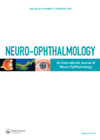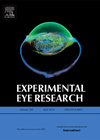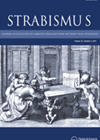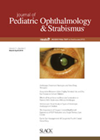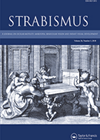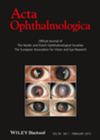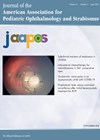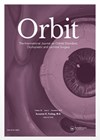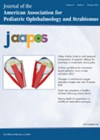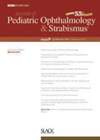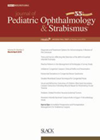You searched for "fusion"
Use of RAPDx device with optic nerve disease
1 August 2016
| Claire Howard
|
EYE - Neuro-ophthalmology
|
Detection rate, optic nerve disease, relative afferent pupillary defect, standard values
The authors have previously reported on use of the RAPDx device for evaluating relative afferent pupillary defects (RAPD). RAPDx objectively determines the magnitude of RAPD by presenting light stimuli alternately to pairs of eyes with laterality. The parameters of amplitude...
Differential inhibition of EAU by CTLA4 and IL-6
1 February 2016
| Graham Wallace
|
EYE - Vitreo-Retinal
Cytotoxic T lymphocyte antigen-4 (CTLA4) binds both CD80 and Cd86 and inhibits T lymphocyte activation via CD28. Il-6 is a pleiotropic cytokine that has been associated with many autoimmune conditions including uveitis. Blockade of these molecules by either CTLA4-Ig, a...

